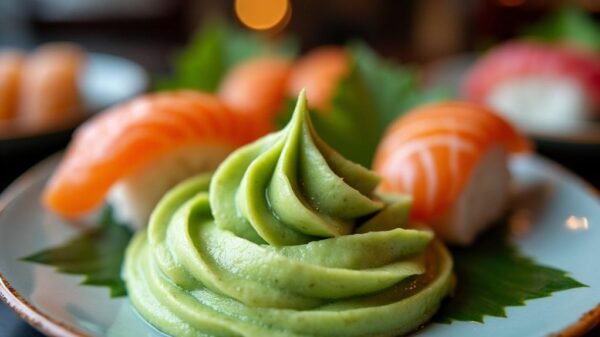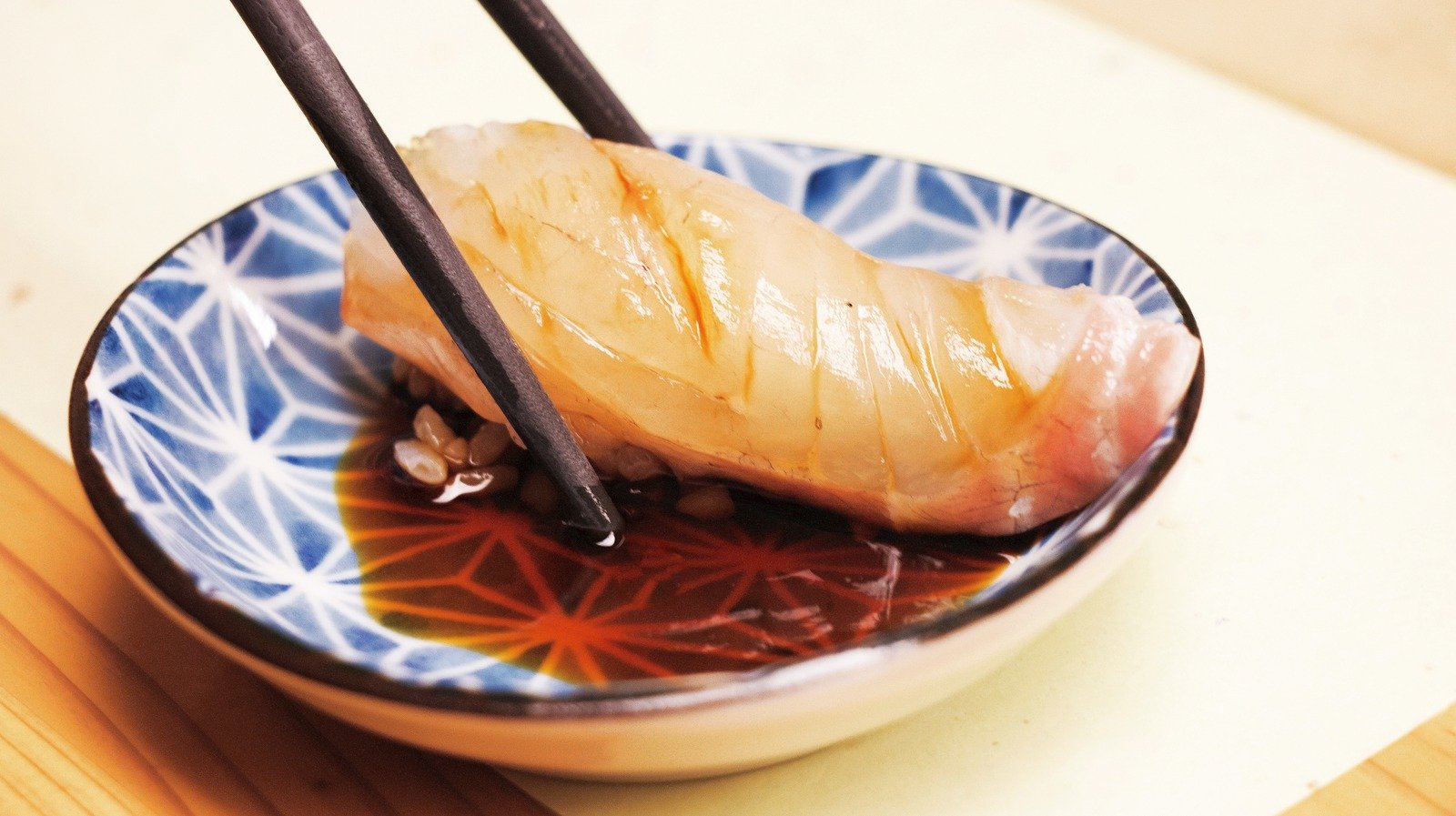Mastering the Art of Sushi: How to Enjoy Without Overdoing the Soy Sauce
Sushi is celebrated around the world for its intricate flavors, fresh ingredients, and delicate presentation. This iconic Japanese dish offers a variety of options from nigiri to maki rolls, each with its own unique taste profile. However, one common mistake that sushi enthusiasts often commit is drowning their sushi in soy sauce. While this savory condiment can enhance the taste of sushi, using it in moderation is key to experiencing the full spectrum of flavors that sushi has to offer. In this article, we will explore the ideal ways to enjoy sushi alongside soy sauce, ensuring each bite is a delight.
Understanding Sushi Varieties: Nigiri and Maki
Nigiri is a type of sushi that consists of a small hand-formed mound of vinegared rice topped with a slice of fish or other ingredients. When consuming nigiri, it’s beneficial to follow a few guidelines. Flip the nigiri upside-down or slightly on its side and gently dip the fish side into the soy sauce. This method allows you to experience the freshness of the fish while adding just enough flavor from the sauce. Over-dipping the rice can lead to a soggy texture that detracts from the overall experience.
On the other hand, makizushi—often called maki sushi—consists of rolls filled with various ingredients, typically wrapped in nori (seaweed). If the roll is already dressed with sauces, such as spicy mayo or eel sauce, it’s advised to sample it without additional dipping first. If you choose to dip, the rice outer layer is the only part that would go into the sauce. Be cautious, as maki rolls tend to soak up the soy sauce quickly, which could alter the intended balance of flavors.
The Role of Soy Sauce: A Balancing Act
Soy sauce is often provided as a condiment for sushi, but it’s essential to recognize its role in the overall taste experience. Excessive soy sauce can overpower the natural flavors of the fish and seasoned rice. Instead of masking the delicate nuances of the sushi, think of soy sauce as a subtle accent. The damage done by overuse can be significant — not only can it overwhelm your palate but it can also lead to rice disintegrating into the bowl.
If you are accustomed to pairing every sushi piece with a large amount of soy sauce, it’s time to reconsider. Sampling soy sauce sparingly will allow you to appreciate the craftsmanship that goes into each sushi piece, highlighting the freshness and quality of the ingredients.
Garnishes and Accompaniments
In addition to soy sauce, sushi is typically served with pickled ginger—an essential palate cleanser. The ginger is meant to refresh your taste buds between different types of sushi rather than be consumed alongside it. Eating too much pickled ginger at once can dull your senses, making the subsequent sushi flavors less enjoyable. Instead, enjoy a small bite after completing a piece of sushi to reset your palate.
Wasabi is another common accompaniment. While it adds a zesty kick, many sushi chefs recommend against mixing wasabi into soy sauce, as this practice can detract from the overall flavor balance. Most nigiri already has a hint of wasabi underneath the fish, allowing you to enjoy both the heat of wasabi and the taste of the seafood without overwhelming the dish.
Appreciating Each Bite
Ultimately, the way you enjoy sushi is a personal choice, but embracing moderation allows you to appreciate its artistry. Eating sushi is not merely a meal; it’s an experience that involves savoring flavors, textures, and presentations. If your plate features high-quality sushi—whether from an artisan like Nobu or a local favorite—give it the respect it deserves. By appreciating the inherent flavors of sushi and practicing restraint with soy sauce, you’re allowing each component to shine.
Relishing the Experience
Sushi is a wonderful culinary experience with a rich history and a variety of flavors just waiting to be discovered. The next time you indulge in this delicacy, be mindful of how you use soy sauce and other condiments. By applying these practices, you will not only enhance your enjoyment of sushi but also gain an understanding of its cultural significance. A mindful sushi experience allows each bite to resonate, celebrating the harmony of flavors that speaks to the heart of Japanese cuisine.






































